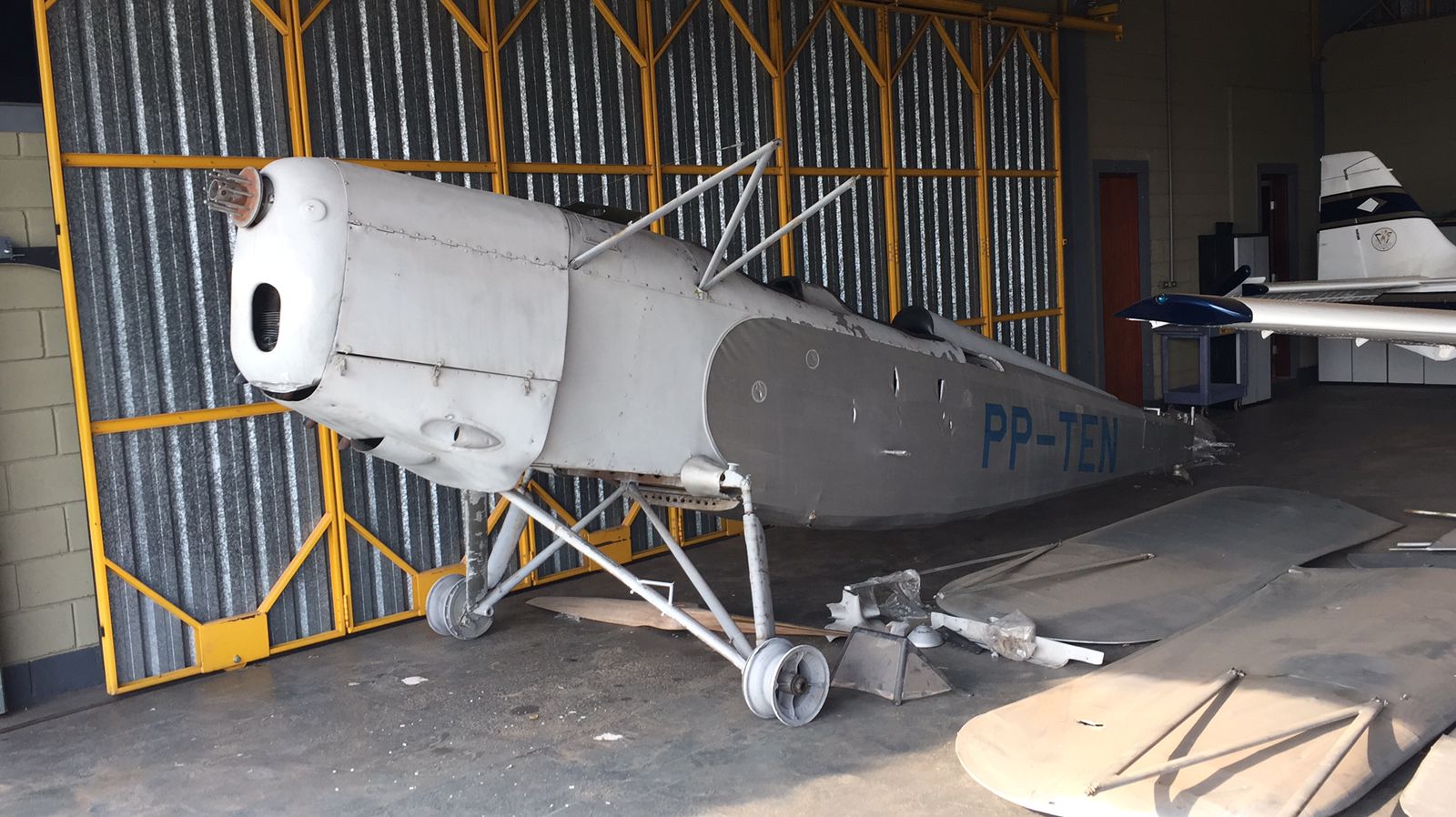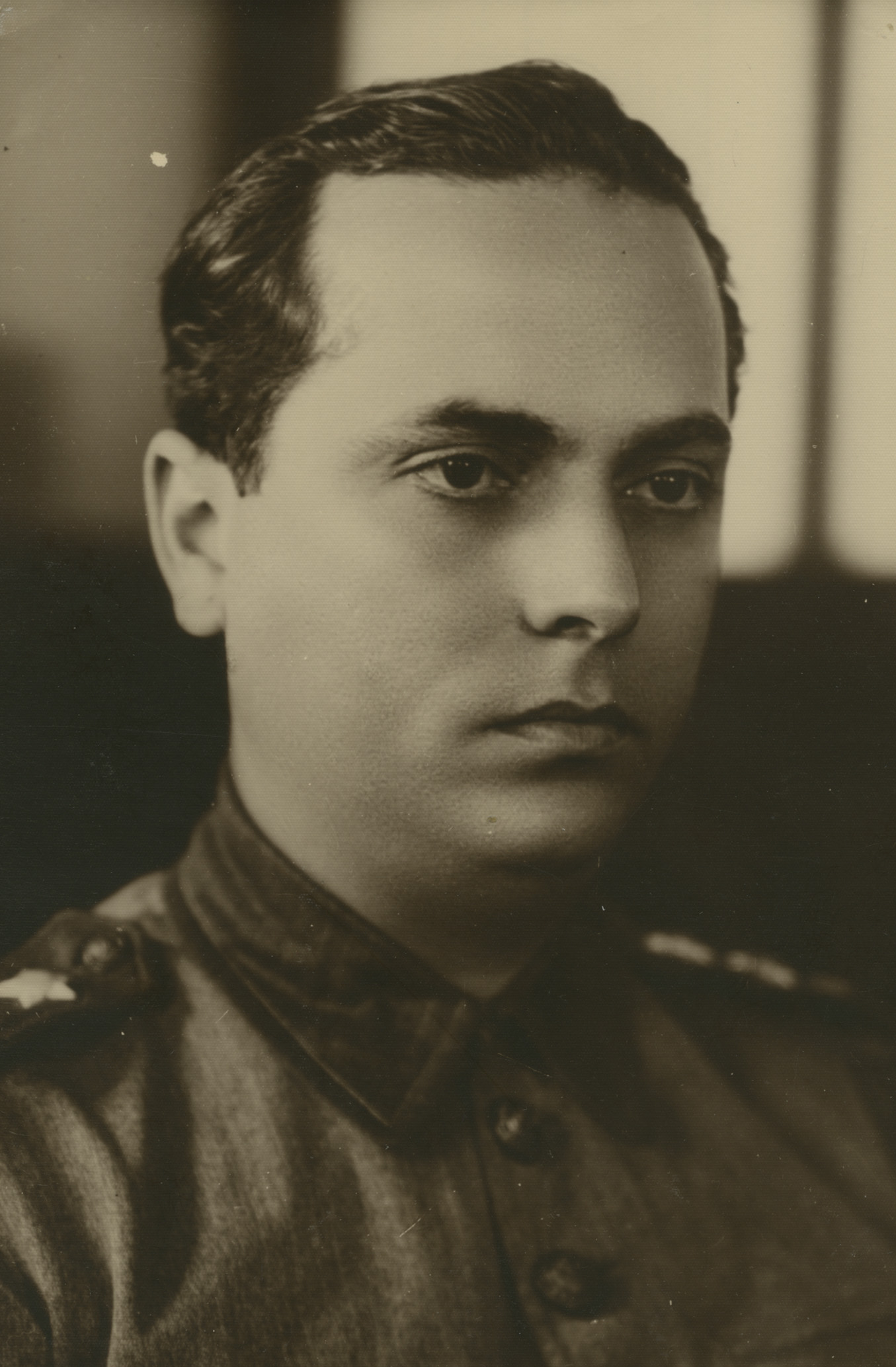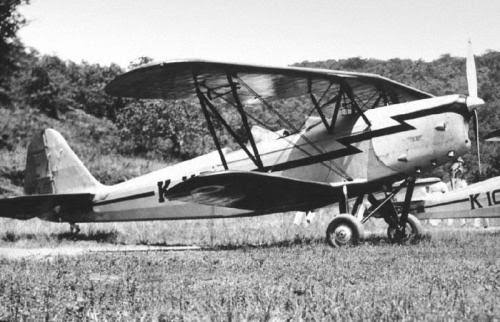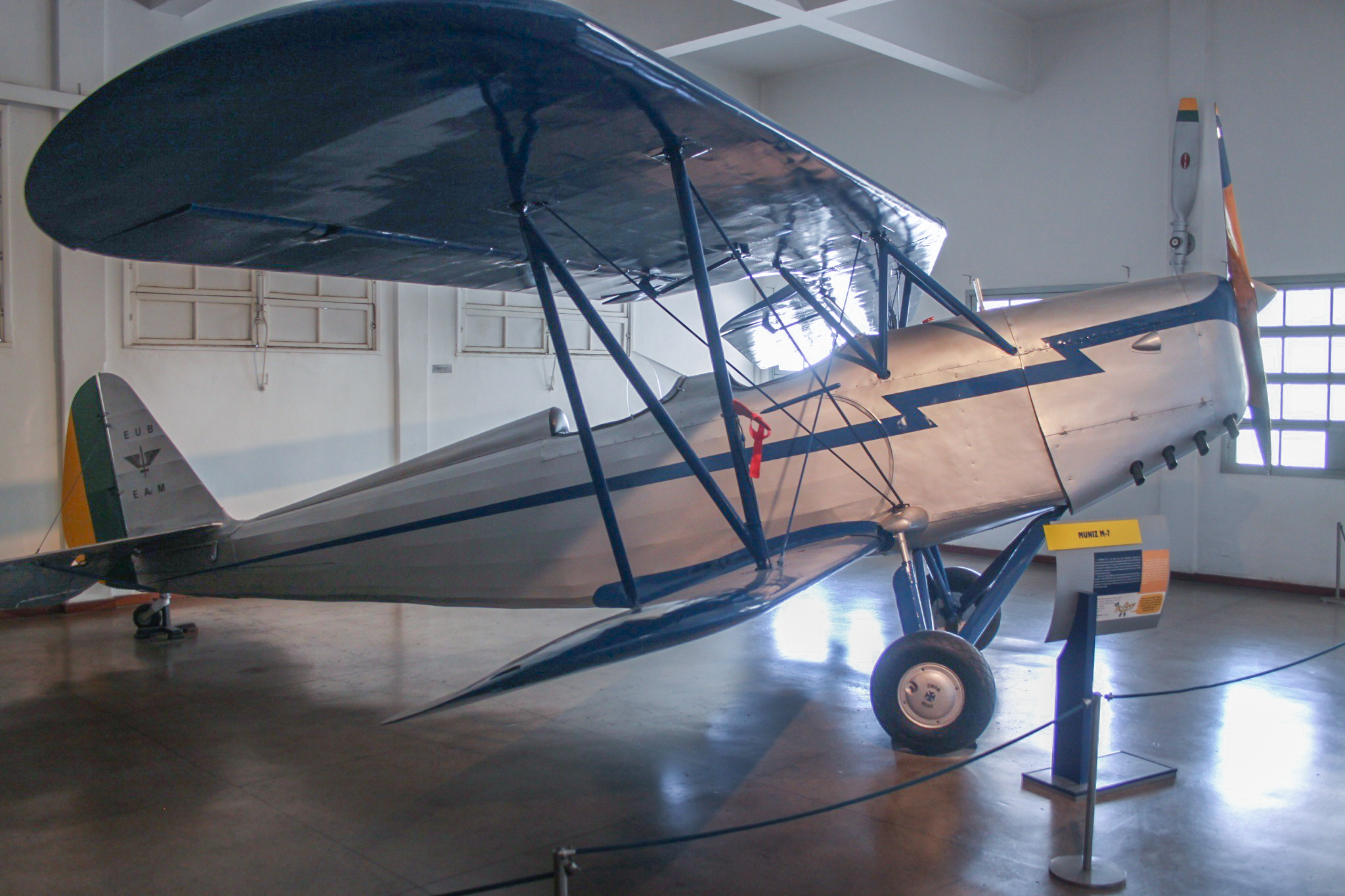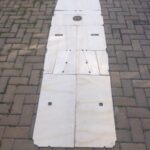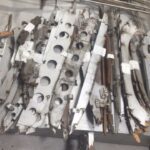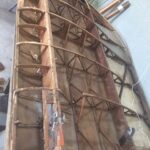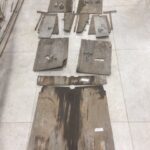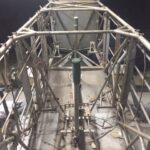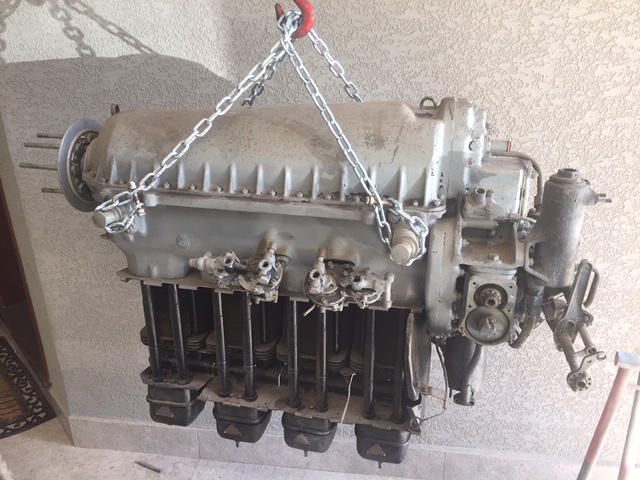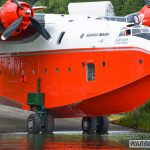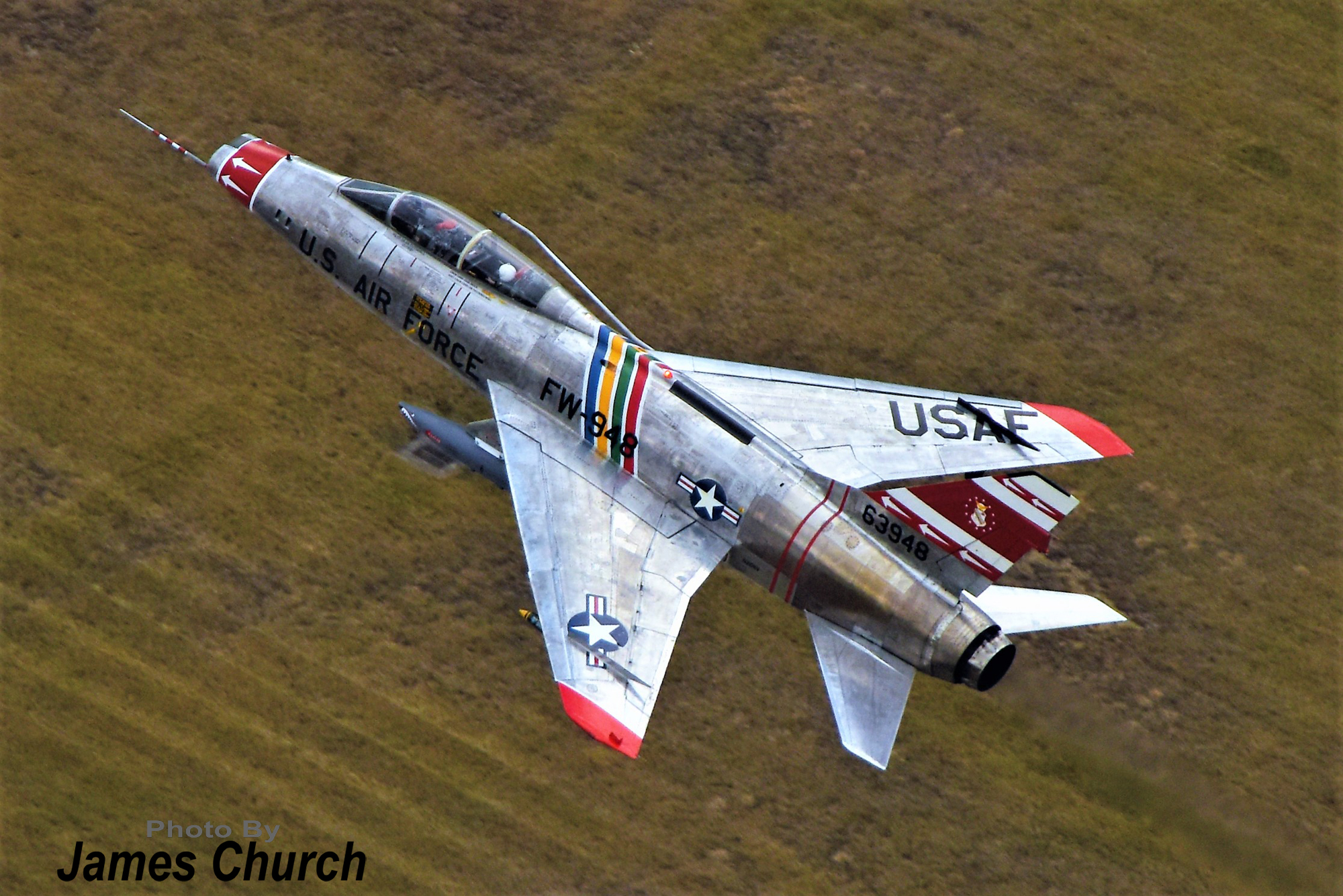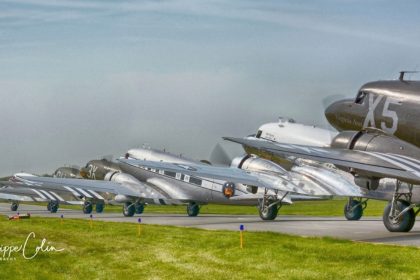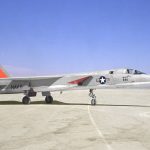We love it when our readers submit their own stories for publication, and it is even better when they are actually involved in the restoration itself. Rafael Aguirre is one such reader; he has been following our site for many years from his native Brazil.
Aguirre is passionate about vintage aviation and his Brazilian aviation heritage. He has put this passion to work as a member of the board of directors for REVOAR, a non-profit, aviation enthusiast-driven association created which rescues and repairs long-forgotten historic aircraft.
Presently, the association is caring for several historic aircraft with Brazilian heritage, and is set to lead the restorations of several in the coming years. These aircraft include such significant airframes as the CAP-4 Paulistinha (a Brazilian Piper Cub variant), a Vultee BT-15, Fokker S-11, Fairchild PT-19 and several gliders. Right now they are working on a North American T-6 which the legendary Antônio Arthur Braga (better known simply as Colonel Braga) flew for seventeen years in the Esquadrilha da Fumaça (Smoke Squadron), the Brazilian Air Force’s aerial demonstration team. Then, of course, there is the Muniz-7…
The Muniz M-7 emerged during the 1930s as the brainchild of a Brizilan Army Major named Antônio Guedes Muniz. The aircraft, a tandem two-seat biplane intended for the primary pilot training role, was the first aircraft designed and produced in series in Brazil. It employed a 130hp de Havilland Gipsy-Major engine as a powerplant. Total production amounted to 28 airframes. The Brazilian Army acquired 11 of them, while the remaining 17 examples saw service in civilian aviation schools.
Sadly, only two examples of the M-7 survive, these being s/n 13 on static display at the Museu Aeroespacial (the Brazilian Air Force Museum in Rio de Janeiro), and s/n 14. The latter example belongs to the Santos Dumont Foundation Museum, and they assigned REVOAR the task of restoring it.
REVOAR has established a partnership with the Santos Dumont Foundation with the objective of returning a significant number of their aircraft back to flying condition. Rafael Aguirre decided to take charge of the Muniz restoration process and has been working on the “forgotten airframe” for some time now. After the airframe’s complete disassembly, each part was subjected to non-destructive testing to ensure its integrity and airworthiness. Necessary repairs are underway (see images below) and enough progress has occurred that fuselage reassembly should begin in the near future.
That being said, none of the biplanes wooden structure is capable of being refurbished to airworthy standards, including the wings, so these components will have to serve as patterns for the remanufacture of suitable replacements. At the time this article was written, Rafael was creating templates for the lower wing ribs so that new examples could be made. Thankfully, the aircraft’s original Gipsy Major engine (see image below) seems to have survived in good condition; it is currently undergoing analysis for possible overhaul.
Currently, REVOAR plans to have the Muniz M-7 ready for its first post-restoration flight in October 2024, the anniversary month of the type’s first flight in 1935. For more information, visit www.revoar.org







